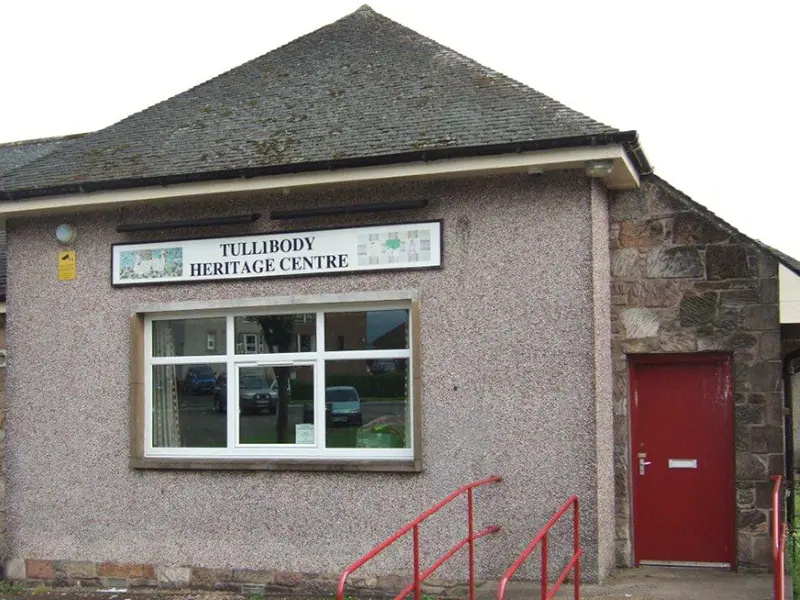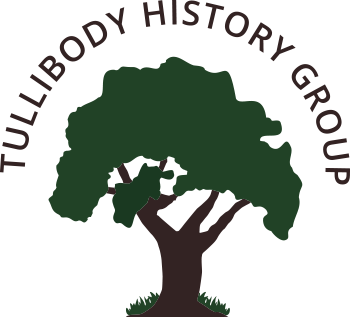The History Of Tullibody
Tullibody is one of the oldest villages in Scotland.
History suggests that the first people were living in this very area.
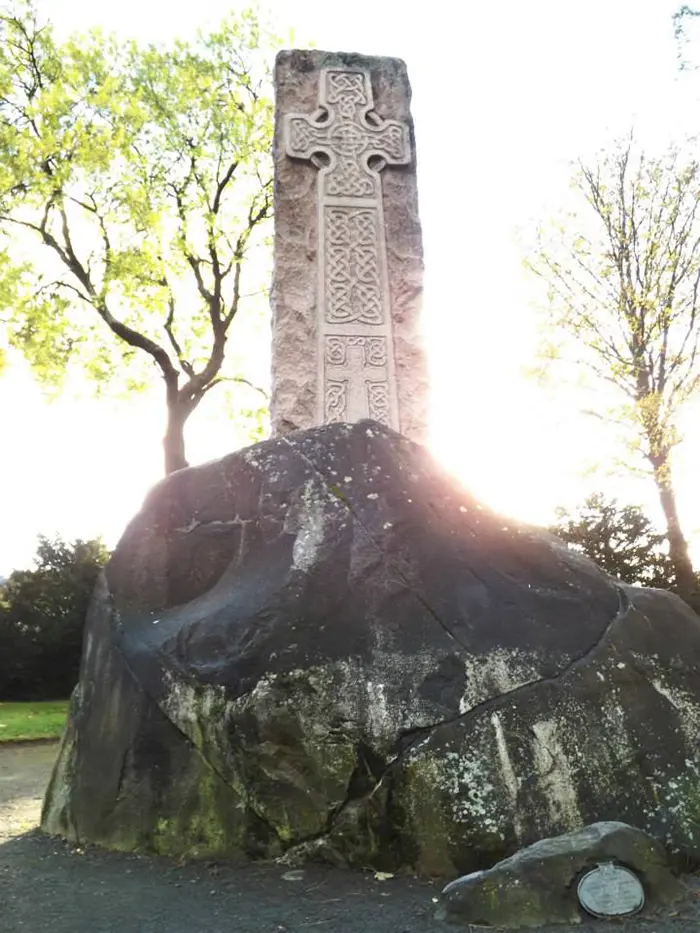
Our first settlers
There is proof that Neolithic peoples were in this very area. We know very little about these early people but other areas of Scotland have found many artefacts showing that they hunted and gathered food from the land and sea. Tullibody looked very different in those days as it was a peninsula, surrounded by water.
On Braehead Golf Course, the green keepers found a shell midden. One of the few found on the north side of the Forth. It contained shell remains of mussels, scallops and cockles dating back to 4000BC
The sun was of great significance to many ancient cultures. Archaeological research has uncovered evidence suggesting that the Tullibody War Memorial stone, which currently stands as a memorial to fallen soldiers, was once part of a sacred Druid Circle. Regrettably, the smaller stones that were once part of this circle were removed from their original location in the late 1700s, leaving only the memorial stone behind.
Tullibody History Through The Ages
Tullibody AD
The Romans occupied the area a long time ago. They had a camp and a ford across the Forth River near Manor.
5th Century
St Serf established a church at Auld Kirk in the 5th century. Christianity was brought over from Ireland.
King Kenneth McAlpine gathered his army on Baingle Brae.
He fought and subdued the Picts according to folklore.
A standing stone stood on the main road to Stirling near the Catholic Church.
It remained until the early 1900s when it was demolished for road upgrading.
1100′s
David 1st of Scotland is responsible for Tullibody’s fame.
In 1149, he granted lands and fishing rights to Cambuskenneth Abbey.
The Auld Kirk was erected at that time.
It still stands at the same place today.
1300’s
In 1306, Edward 1st attempted to build a wooden castle on the hill behind Delph Pond to subdue the Scots. No evidence of its construction has been found.
The lands of Tullibody have belonged to wealthy landowners for centuries.
The last known owners were the Abercrombys.
The Hays were present in 1368 and Egida Hay of Tullibody married Alexander Seton of Touch, Cambusbarron in the 1400s.
1600’s
Robert Meldrum, the Secretary of State for Scotland, gave Tullibody lands to his nephew George Abercromby after his death in 1666.
George lived with his father Alexander in Menstrie Castle at that time.
The Meldrum family disputed the gift in court. The Abercrombys won the case in 1741, 1742, and 1743.
Until 1600, Tullibody’s religion was Catholic. It later became Protestant. Tullibody served as the Parish Church until it lost its status to Alloa.
The Abercrombys made The Auld Kirk their family vault.
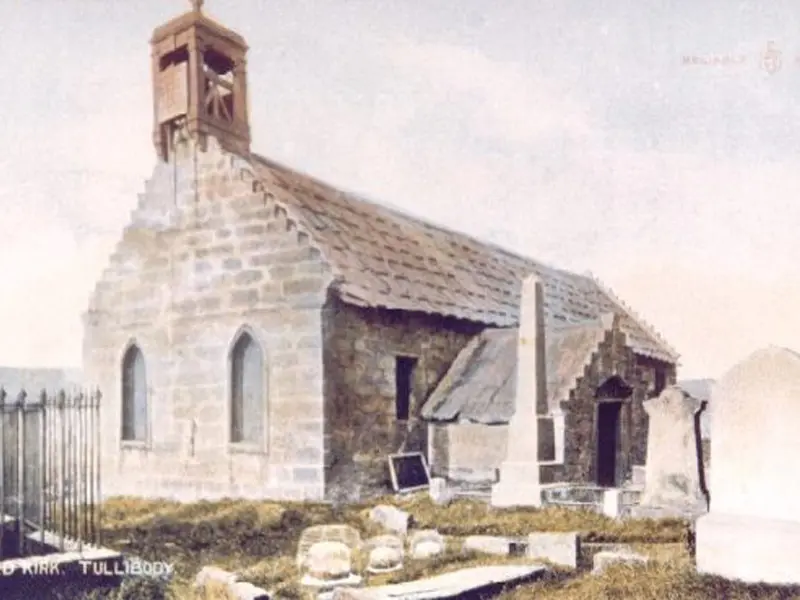
1800’s
The original Tullibody village was a small hamlet near The Auld Kirk.
In the early 1800s, George Abercromby relocated it to the south of the road.
This was due to the poor condition of the houses.
George made many improvements during his lifetime.
The main occupations in Tullibody were agriculture, coal mining, distilling, brewing, and tanning.
Many people also engaged in small cottage industries.
These industries later grew into larger factories.
Cambus was a very busy port with coal being delivered to other towns. It also had three mills, one a sawmill and one a flour mill.
Alexander Paterson commenced tanning and shoe making and so the Tannery evolved. This was later carried on by the Tullis family.
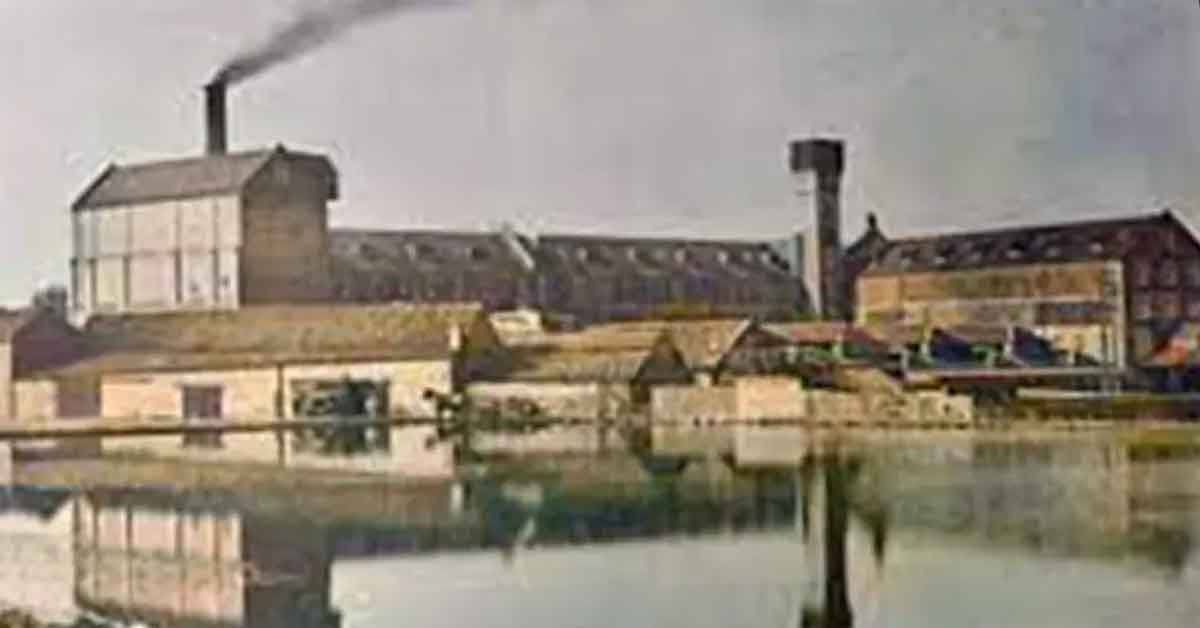
The Knox family commenced the brewing industry, and the Moubrays the Distillery.
The Archibalds from Tullibody started up the woollen industry in Menstrie.
James Donaldson originally from Tullibody was the manager at the Devon Iron Works.
The Galloways from Cambus were ship captains and the Cramb family were masons.
There appears to have been no end of very talented people.
Travellers
Others took the opportunity to emigrate to far-flung places; we know quite a few of these people have made a mark in their achievements.
William Burns Paterson is one such man, who was responsible for forming what is now known as Alabama University.
Robert Dick moved north to Thurso but changed the established thinking of eminent Geologists and Botanists of the mid-1800s.
And Sir Ralph Abercromby, the man who changed the face of British history in 1801 by reversing the French and Napoleonic takeover of all countries. Sir Ralph died several days later of his injuries and was shipped back to Malta where he is interred in St Elmo Fort. Sadly he does not seem to get the acclaim that he surely deserves from the British Establishment.
The village continued to grow and expanded in 1889 quite considerably, then again in the early 50s and 60s with the opening of the Glenochil mine. Of course, the village has once again had a huge expansion, probably doubling the original size.
1900’s
Tullibody had a strong academic reputation.
Many of its students became teachers.
In the 1800s and 1900s, Mr. Mc Gregor, Mr. Martin, and Mr. Kinmond were respected Head Teachers.
Today’s Head Teachers are also known for their care and high achievements in the four Primary schools.
Miss Dawson served as Infant Head Teacher for 40 years until 1928.
Some older residents still remember her today.
Tullibody was subjected to the aspirations and changes of the County Town Planners in the 1960s. Virtually all the original village (c1800) was destroyed and rebuilt, and once again in the 21st Century history has repeated itself with a huge expansion of housing.
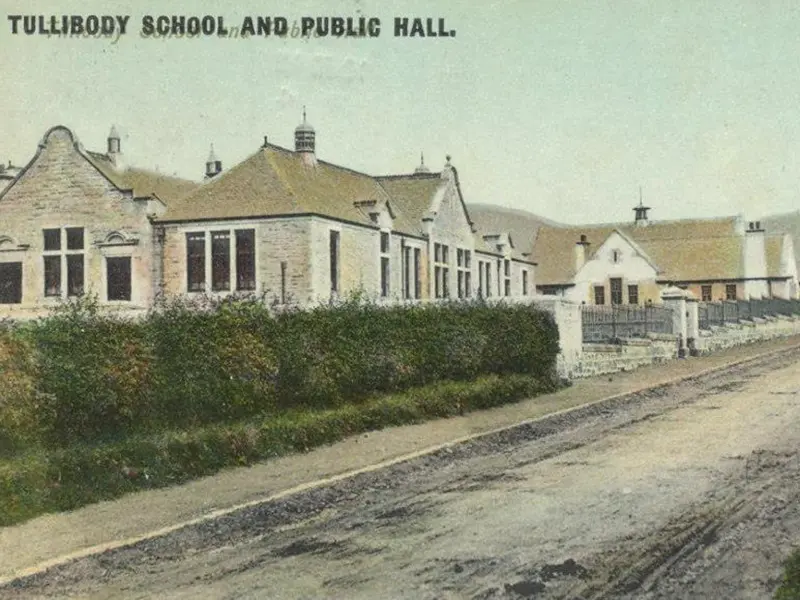
To find out more
Visit Tullibody Heritage Centre
Open by arrangement all year.
